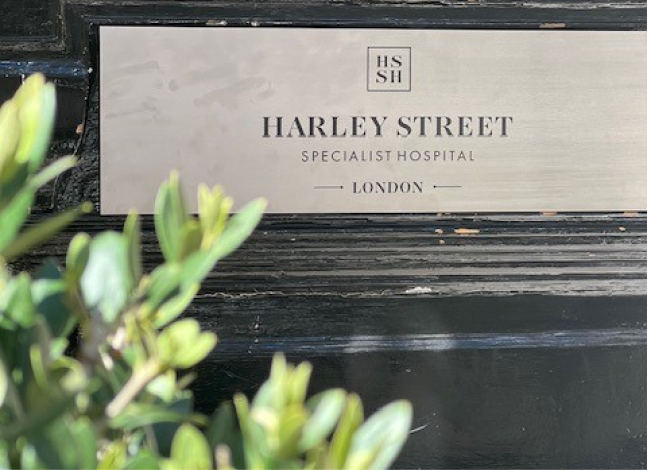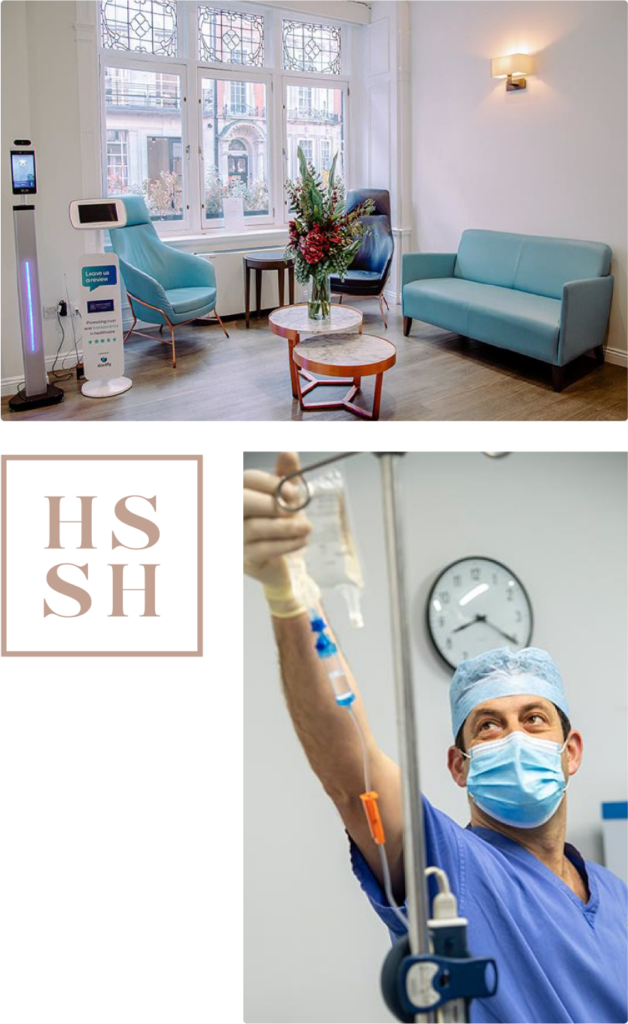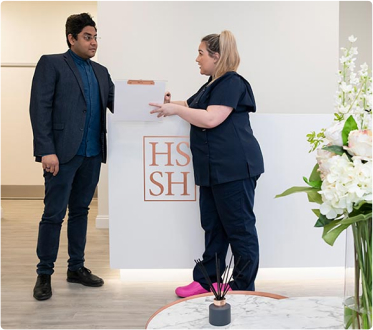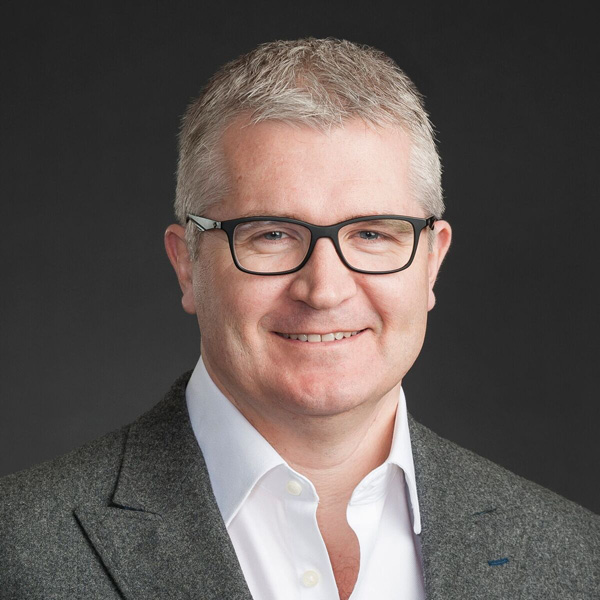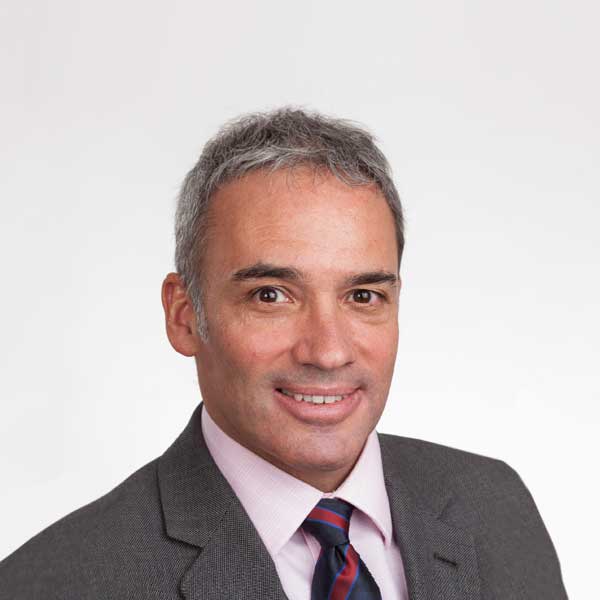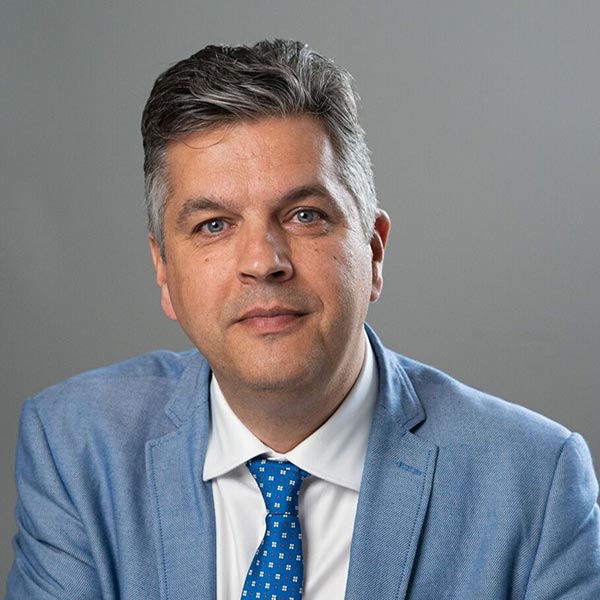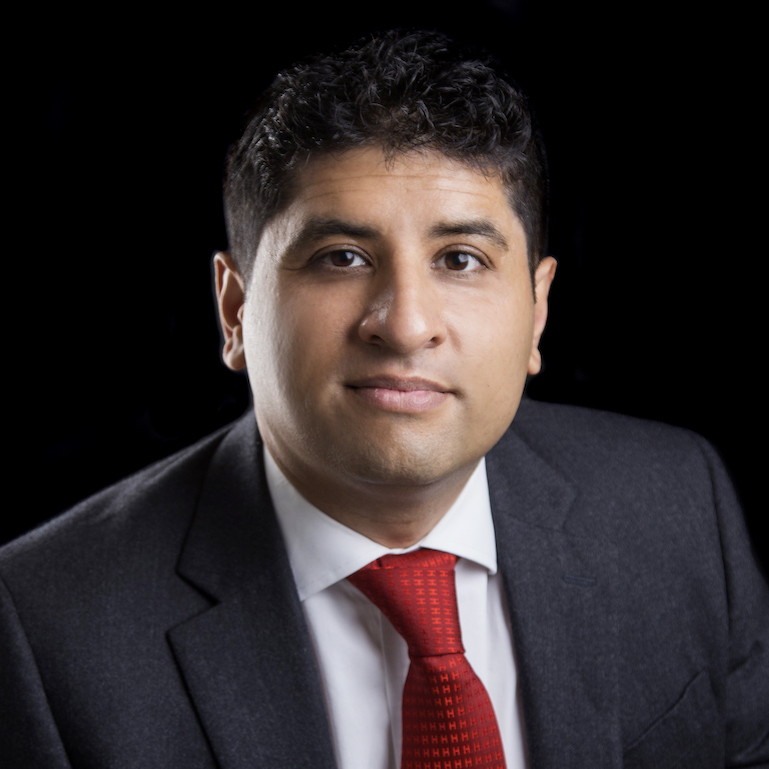Award winning Specialist
Knee Pain Treatments In London

If you’re suffering from a painful knee condition, our medical experts offer world-class knee pain treatments to help you get back on your feet. Whether you have chronic arthritis, loose bodies in the knee, or a damaged anterior cruciate ligament, Harley Street Specialist Hospital offers a range of knee treatments to reduce pain and promote rapid recovery.




